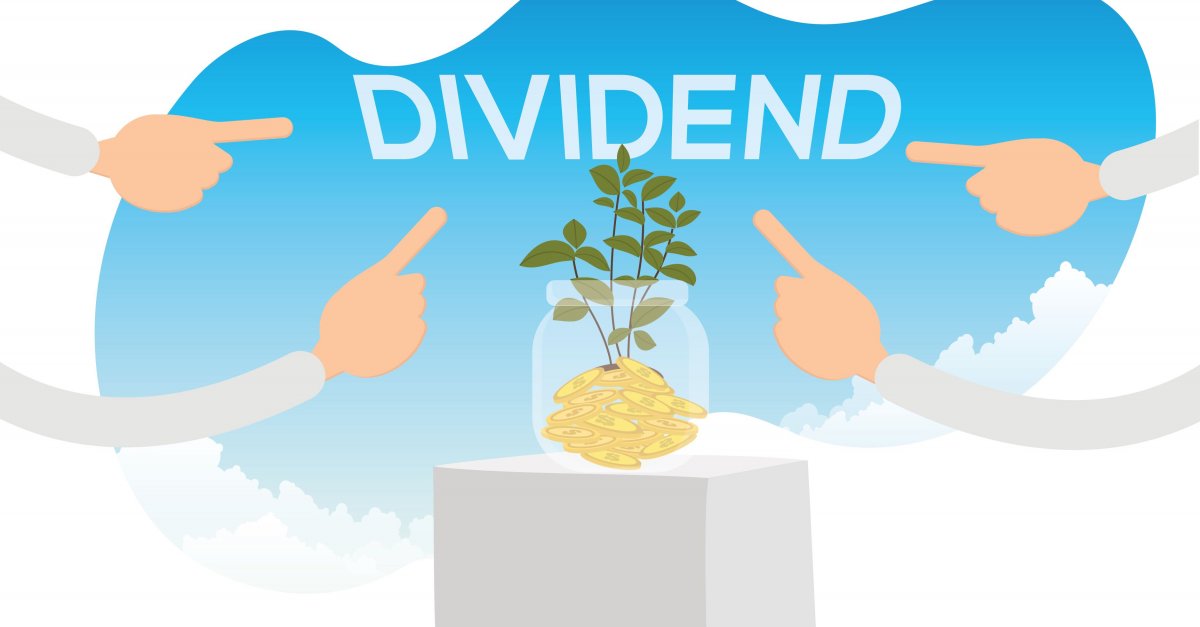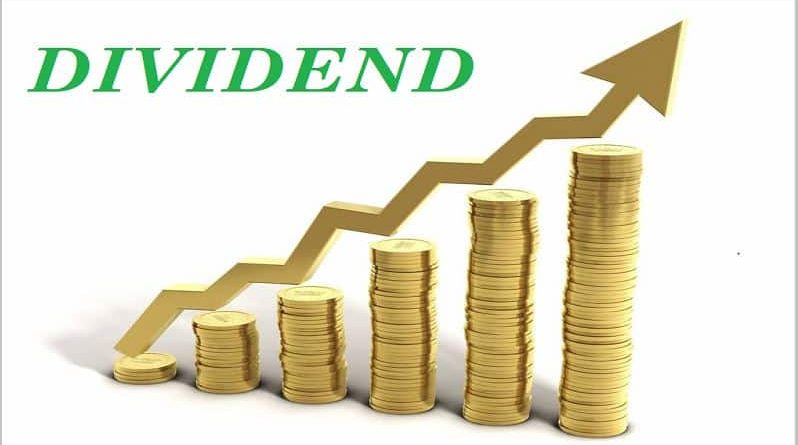There is a very delicate balance between the dividends that a company pays to the investors, the shares price of that company, dividend raise and dividend cuts.
Companies that regularly increase their dividends (such as dividend champions) attract a lot of investors. When shopping around for dividend paying companies, the dividend raise chart is very important. You need to find companies that do increase their dividends each year, or your investments will be eroded by inflation. However, it’s not realistic and sustainable, for a company, to increase dividends at unusually high rates.
What is a sustainable rate when it comes to dividend raise?
A dividend raise around 10% yearly covers the inflation and manages to bring you good profits, without endangering the future of the company. A dividend payments growth rate around 5-10 % per year can be considered as standard procedure. But, if a company announces an important increase in dividends payments, this information should raise a little red flag. Sudden increase in dividend payment is not always a good sign: it could be a strategy used by that company to increase the price of shares.
When Dividend raises occur
Dividend increase is a mechanism that companies sometimes use to keep the price of their shares up. Since investors are looking to make more money with their investments, they will look after stocks that are able to increase their dividend years after years.
Therefore, solid companies will be able to raise the dividend payout without busting their dividend payout ratio. If a company sees its cash flow and net profit increasing, it will vote a dividend payout increase in order to share the wealth with their shareholders. When this occur, the dividend payout ratio remains about the same and investors receive more money in their pocket. This is when dividend raises should always occur. However…

Beware of Dividend raises – look behind the numbers
During a recession, there are periods when a company’s stock start going down. A lot of investors will feel the urge to get rid of their shares in this situation and the price will continue to go down. To stop this chain reaction, companies might increase their dividends, to attract new investors and to raise the price of the shares.
There are serious risks associated with this strategy. When a company pays more dividends then it can actually afford, the company may remain vulnerable, without financial resources for growth and development.
There are also companies that finance dividends raise from borrowed money. That’s a huge vulnerability of a company, and you should avoid companies with high debt levels.
Dividend Achievers, Dividend Champions and Dividend Aristocrats
For safe, profitable long-term investments pick companies that have constant, average raises of dividend payments. The companies that, during the last 25 years, maintained a steady raise of dividends are known as dividend aristocrats. Investing a part of your money in companies from this exclusivist group is a good way to make sure you build a strong, safe portfolio.
For example, Colgate-Palmolive maintained a steady dividend raise over the last 48 years. The most recent increase was in February 2011, when the company approved a 9,8% dividend raise. The annual dividend payment increased by 13% per year, since 2001.
Depending on the number of years of consecutive dividend increase, there are 3 categories of solid dividend payers. Here are the complete lists:
Dividend Aristocrats List
Dividend Achievers List
Dividend Champion List
Dividend cuts – when they occur and what they tell you about a company?
Dividend cut is a collocation that all investors fear and want to avoid. However, sometimes companies have to cut the dividend payments to the shareholders, in order to improve the company’s operations or even to save the company from bankruptcy.
If the earnings of a company were far lower then estimated, the only realistic solution for that company to remain competitive on the long term is a dividend cut.
Companies try to avoid it, because it generates a lot of mistrust among shareholders, determining them to start selling stocks, which can cause important financial losses to a company. In most cases, the company stock will drop significantly upon the dividend cut announcement.
But economic turmoil can determinate any company, even those formerly in dividend aristocrats group, to make use of dividend cuts. For example, in 2009, a lot of banks from United States were forced to cut drastically their dividends. US Bancorp cut dividends by 88%, while Citigroup and Bank of America slashed their dividends to just one cent.
A Dividend cut is not a solution preferred by a company’s executives or shareholders, but it’s a decision that sometimes needs to me made. If a company cut dividends, it’s never a good sign as it is usually one of the company’s last resorts. By cutting the dividend, the company knows that it will lost a lot of capital market and interest from investors. Maybe it’s time for you to leave to boat too…
On the other side, a dividend cut means cheaper shares, so if you consider that the company has long term potential; it’s the right time to invest. However, there is a combination of factors that you should really avoid, when it comes to investing your money: dividend cuts, high debt level and low cash flow. This combination is hard to overcome by any company, so place your money elsewhere.
In the end, if you are looking to build a long term growth dividend portfolio, you are better off avoiding companies with low dividend raise and sell companies that cut their dividends.
You can find financial information about a company on the company’s website or use our dividend resources to look over more companies.

